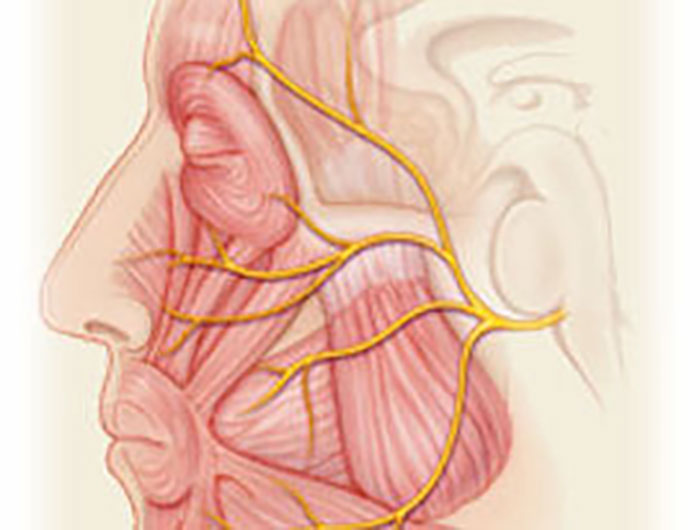Hemifacial Spasms
Hemifacial Spasms
Movement disorders are more often than not defined by dystonia which is the involuntary contracting of muscles in the body. Hemifacial spasms are no different. Hemifacial spasms (HFS) is a rare movement disorder that causes an uncontrollable twitching or contracting of muscles in the face, but unlike dystonia which can cause both sides of the face to twitch, hemifacial spasms are localized to only one side.
Typically, hemifacial spasms develop over time, starting out in the muscles around one eye, and then spreading to other muscles on the same side of the face. It is a condition that affects both men and women but typically develops in middle age, and although the symptoms of hemifacial spasm can cause muscles to contort, it does not usually cause any pain. More severe cases of hemifacial spasms can cause problems with vision in the eye located on the side of the face where the contractions occur, but because it only affects the left or the right part of the face, it is unlikely to cause problems with complete blindness.
To diagnose a movement disorder such as hemifacial spasm, our team of neurology specialists will conduct a physical exam to check for signs of the condition, and determine the cause. Research has suggested that pressure on a nerve, caused by a blood vessel touching it, leads to hemifacial spasms. As a result, Magnet Resonance Imaging (MRI) is often used to help identify the nerve that may be causing a problem. An MRI uses powerful magnets and radio waves to create an extremely detailed image of your head. Contrast dye, which is injected directly into the blood vessels, allows neurologists to identify any disruptions in the nerve connections and locate the irritated nerve that may be causing the hemifacial spasms to occur.
While twitching of muscles in the face can be uncomfortable and annoying, thankfully, they are not life threatening and can be managed. Botulin Toxin injections, more commonly known as Botox, can be injected into the muscle to help relax the contracting muscle. The effectiveness of this treatment varies depending on the severity of your case and typically requires follow up treatments every few months. For cases where Botox has not provided relief, then surgery may be considered.
Surgery involves relieving the pressure on the nerve by inserting a sponge-like material between the nerve and the muscle. Although this treatment option has been known to relieve hemifacial spasms more long term, it may also cause more serious side effects. As such, it will only be considered in cases that are more severe.
Some prescription medications may also be prescribed to help reduce the effects of hemifacial spasms. However, because these drugs are not universally effective, different ones may be prescribed over time to find the one that works best for you. It’s also worth noting that each prescription will need to be taken over an extended period to see results.
If you are experiencing involuntary facial twitching, we can help. Our trusted team of caring neurology experts will work with you to discuss your diagnosis and develop a treatment and care plan that best suits your needs.

Make an Appointment
There is no such thing as a one-size-fits all treatment. As such, we work closely with you to understand your unique circumstances and design care programs that fit your individual needs.
Use Telehealth
No matter where you are or what your movement disability may be, telehealth services ensure that we are always connected and able to assist you, 24/7.
